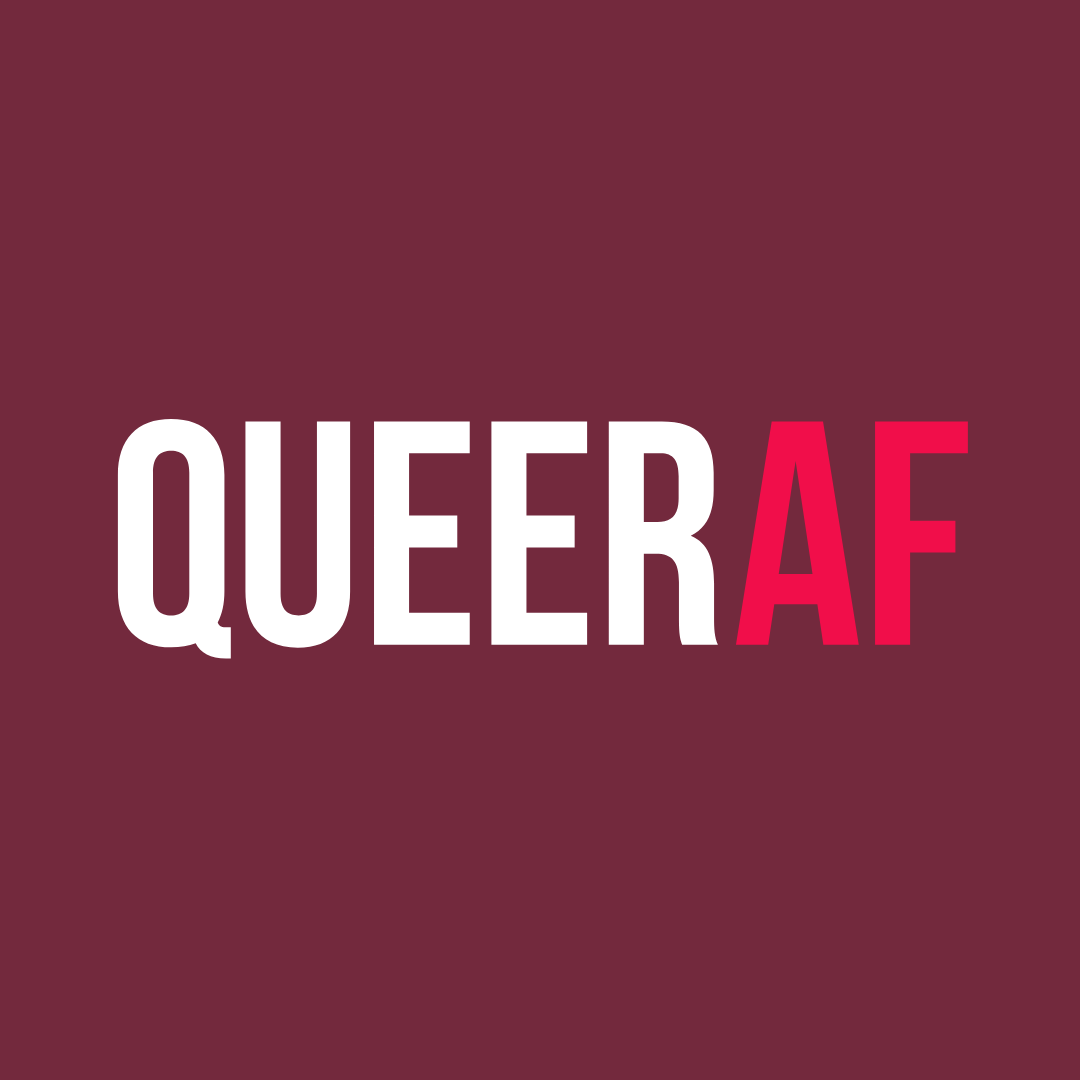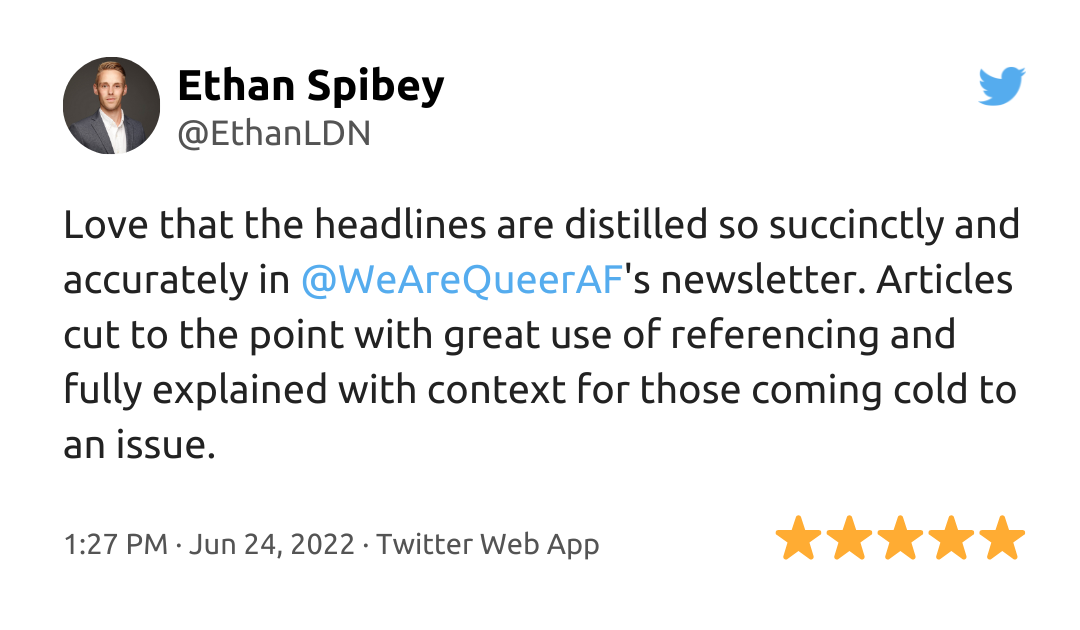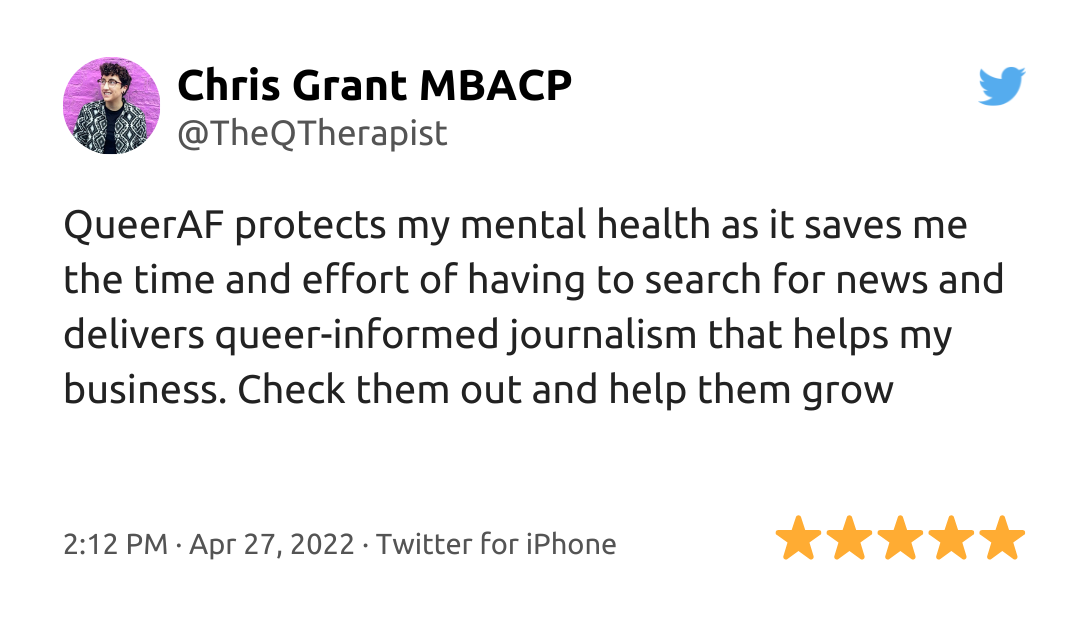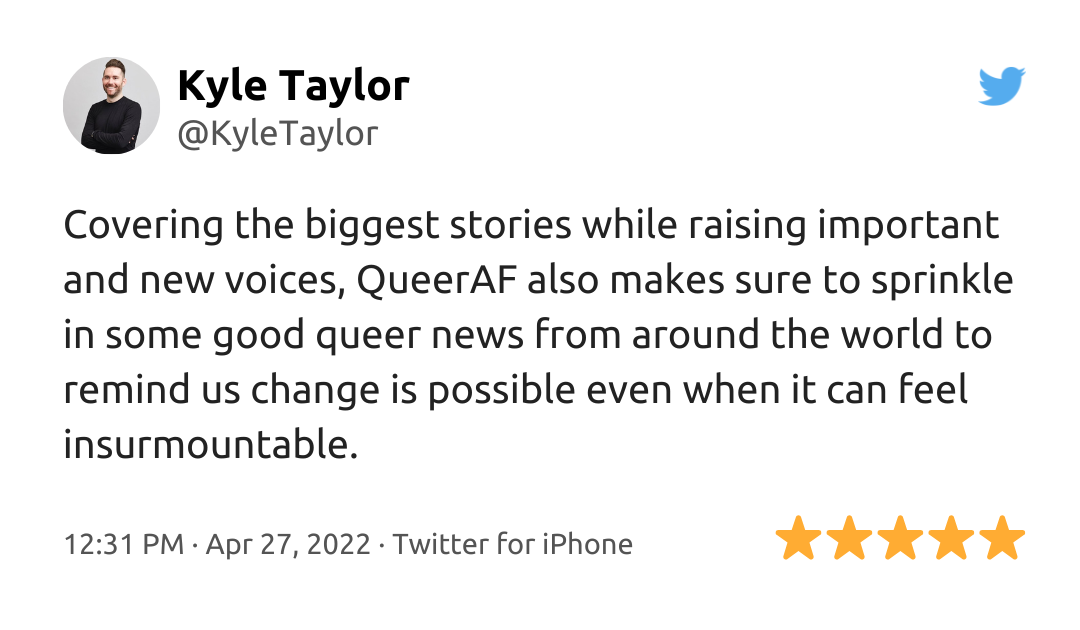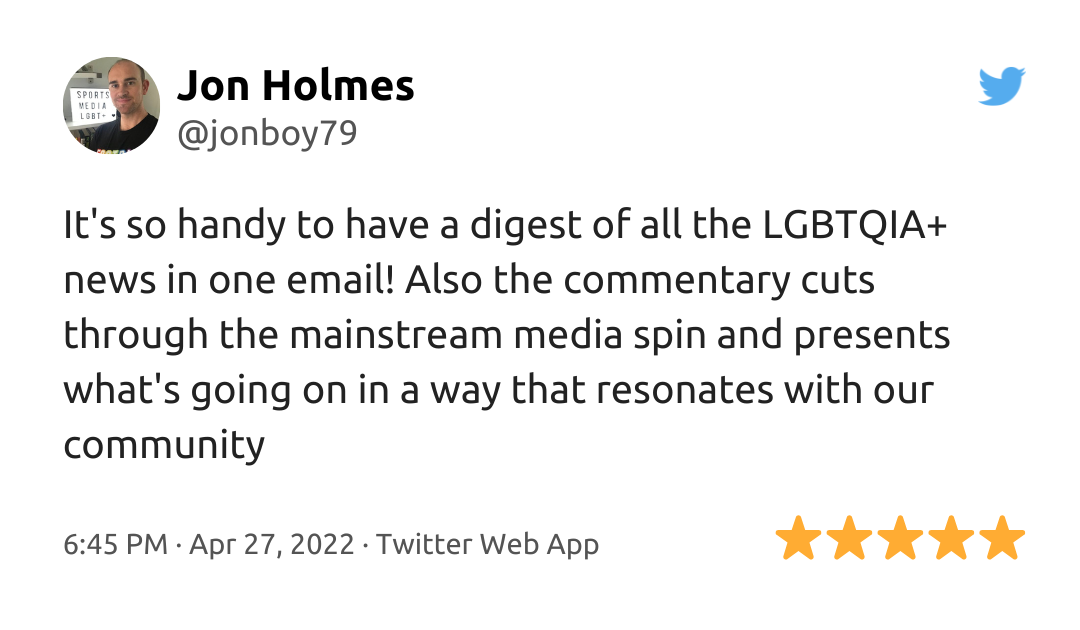
The LGBTQIA+ community has reached peak awareness. What we urgently need is understanding. That’s why advertisers looking to use our likeness to sell their products need to have us not just on-screen, but in-the-room, in-the-loop, and on-board for good.
That’s why, while I welcomed Jaguar’s rebrand, with its tacit baby blue and pink nods to the Trans+ community, it left me with a sour taste.
Representation of Trans+ folks in the media reached its high-beer mark back in 2023, when Budweiser’s partnership with trans performer and influencer Dylan Mulvaney ended dramatically following a predictable right-wing backlash. When the brand backtracked, both pro and anti-trans voices abandoned it.
But the outcome could’ve been different. Looking into the outcry around Jaguar’s November rebrand, I discovered some unexpected common sense on Jeremy Kyle’s TalkTV show. Not from Kyle himself, but from one of his guests, former Top Gear presenter and car journalist Steve Berry. “Good on Jaguar”, said Berry confidently, “They’re not selling cars. [A Jaguar] is a work of art.”
It was an indirect yet clear rejection of the idea that representation of diverse communities is a doomed creative and financial move that deserves derision and aggression.
In fact, it isn’t just a moral imperative to include diverse voices - it’s a smart business move. Research into both on-screen representation of diverse faces and a more diverse workforce both show one clear outcome: increased productivity and sales.
According to Deloitte’s 2018 review The Diversity & Inclusion Revolution: eight powerful truths, ‘high-performing teams are both cognitively and demographically diverse’. The best-performing companies not only think in different ways, but look and live differently. This is backed up elsewhere by Unstereotyped Alliance’s ‘The Business Case for Inclusion’.
Jaguar, unlike Budweiser, did pushback against ‘the level of vile hatred and intolerance’ towards the LGBTQIA+ community following its dramatic rebrand in November. And with their behind-the-scenes commitments, their ‘Diversity & Inclusion’ report from 2021 cites the importance of ‘more inclusive and diverse cultures’ for driving sales and higher profits.
But that’s a key part of the ongoing problem: none of this is caught on-camera or in-the-moment. In an instantaneous, all caps culture, nuance and clarity after-the-fact is almost irrelevant - the damage has already been done. And, understandably, there are those in the community who feel the answer is to simply leave us out of it.
As filmmaker and activist Matt Lambert observes, “You can be a trans woman and on a billboard, but that doesn’t give you security when you’re walking home.”
Marty Davies, Campaign Magazine’s Trans+ columnist, thinks differently: “the answer can’t be not to include us”. There are cases that inspire confidence, of companies who bring in diverse voices, do their homework, and keep the support going after the ad.
The E45 ad that represented trans people’s experiences of skincare whilst using their products on-screen is this year’s go-to example. Thanks to the support of The Diversity Standards Collective and consultants with lived experience, the ad campaign received a Diversity in Advertising award, and increases in brand awareness and sales for E45.
The agency behind the ad, Karo Healthcare, funded an in-depth review of the effects of transition on the skin to inform the advert. They subsequently released it, and it’s been welcomed by Trans+ activists as a report that will improve the well-being of the community they were using to sell their products. “This is an example of a brand demonstrating genuinely meaningful support for a community”, said Davies, adding “We cannot let fear kill work that clearly works”.
Including us in a brand’s campaigns in a smart way will lead to an increase in sales. The evidence bears this out. But the inevitable backlash you should plan for in the current climate needn’t harm your brand - and more importantly, the LGBTQIA+ community.
It might seem to cost more in the short-term, with the provision of gender-neutral facilities or employing a targeted organisation like The Diversity Standards Collective, but it will promote long-term confidence from the public and greater profitability.
So, if you’re thinking about making an ad including queer people to turbocharge your sales, and not planning on doing anything meaningful to support the community - I’ll leave it to Steve Berry to offer some guidance:. “Stop living in the past!”
So what’s IN and OUT for 2025?
OUT - Brands not doing their research, using the LGBTQIA+ community to cynically seek profits before abandoning them at the first hurdle.
IN - meaningful, longstanding support of the LGBTQIA+ community and representation led by queer voices.

Leading The Charge
You don’t have to take our word for how important our memberships are:
“These folks are leading the charge on doing queer journalism different, and doing it right. Some of my favourite work *as* a trans journalist has been done here”
That’s what QueerAF contributor William Elisabeth Cuthbert says about how valuable our work is.
William has used their QueerAF portfolio to go on to get multiple commissions in national papers, including the Metro.
That’s the power of our work. We’re training queer creatives, who go on to change newsrooms, and change the country.
Support that mission - and join 350+ QueerAF members who make our ad-free newsletter, and commissioning schemes possible:


